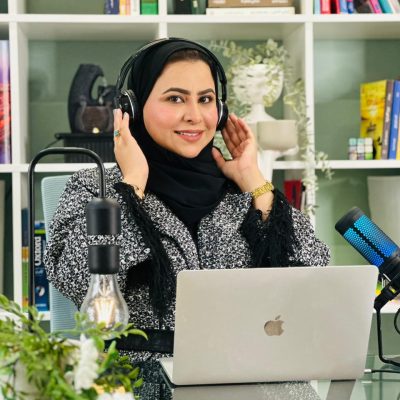Grammar
1 Grammar: Present Simple
20 Min
2 Introduction to the Present Perfect
20 Min
3 Grammar : Present Continuous
20 Min
asdfasdfasd
4 THEME 1: QUIZ NO. 1 Look at the pairs of sentences. Which one is correct? Consider the correct use of present tenses, passive voice, and natural English usage. [Quiz]
6 Min
5 THEME 1: QUIZ NO. 2 "Choosing the Right Present Simple Verb" [Quiz]
5 Hours
6 Sorting State Verbs - Explore and Categorize
N/A
7 Fill in the blanks: Spelling Rules for Verbs in the Present Simple
N/A
8 Fill in the blanks: Mastering the Present Simple Tense
N/A
9 MY FAVOURITE DAY OF THE WEEK
30 Min
Verb Patterns Table
This table explains various verb patterns in English with examples, including:
1. Verb + -ing:
Verbs like enjoy, finish, and look forward to are followed by the -ing form (e.g., "enjoy swimming").
2. Verb + to + infinitive:
Verbs like agree, decide, and promise take to + base verb (e.g., "decide to study").
3. Verb + sb + to + infinitive:
Verbs like advise, allow, and ask require an object and to + base verb (e.g., "ask him to go").
4. Verb + -ing or to + infinitive (with/without change in meaning):
Some verbs like begin, continue, and like allow both forms with little change (e.g., "start doing" or "start to do"). Others like remember, stop, and try change meaning depending on the form used (e.g., "remember posting" vs. "remember to post").
These patterns help students use verbs correctly in various contexts for improved grammar and fluency.
This table lists consonant phonetic symbols commonly used in English pronunciation, providing examples to help students understand their sounds. Each phonetic symbol (e.g., /p/, /t/, /k/) is matched with a sample word (pen, tea, cat) to illustrate its pronunciation. It serves as a quick reference for students to improve their speaking, listening, and phonetic awareness, essential for mastering correct English pronunciation.
12 Irregular Verbs
15 Min
This table lists common irregular verbs in three forms: base form, past simple, and past participle. It helps students build correct sentences in the past and perfect tenses. The table is a quick reference for understanding verbs that don’t follow regular “-ed” endings and includes alternate forms for some verbs (e.g., "dreamt" or "dreamed"). Ideal for grammar practice, writing, and speaking activities.







.png)




